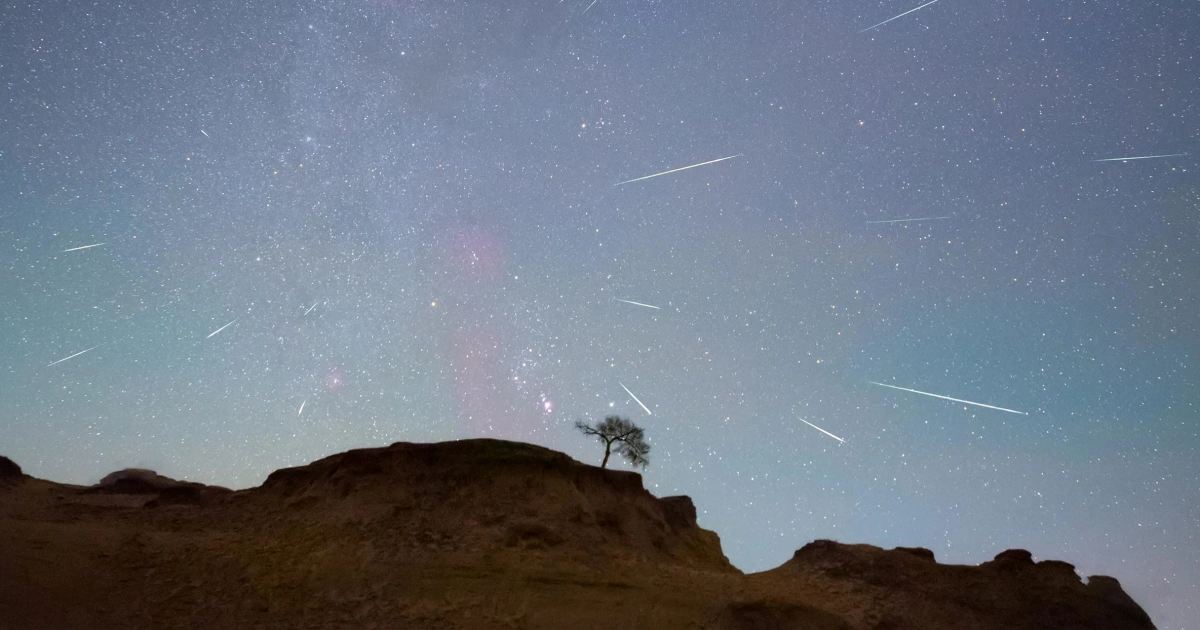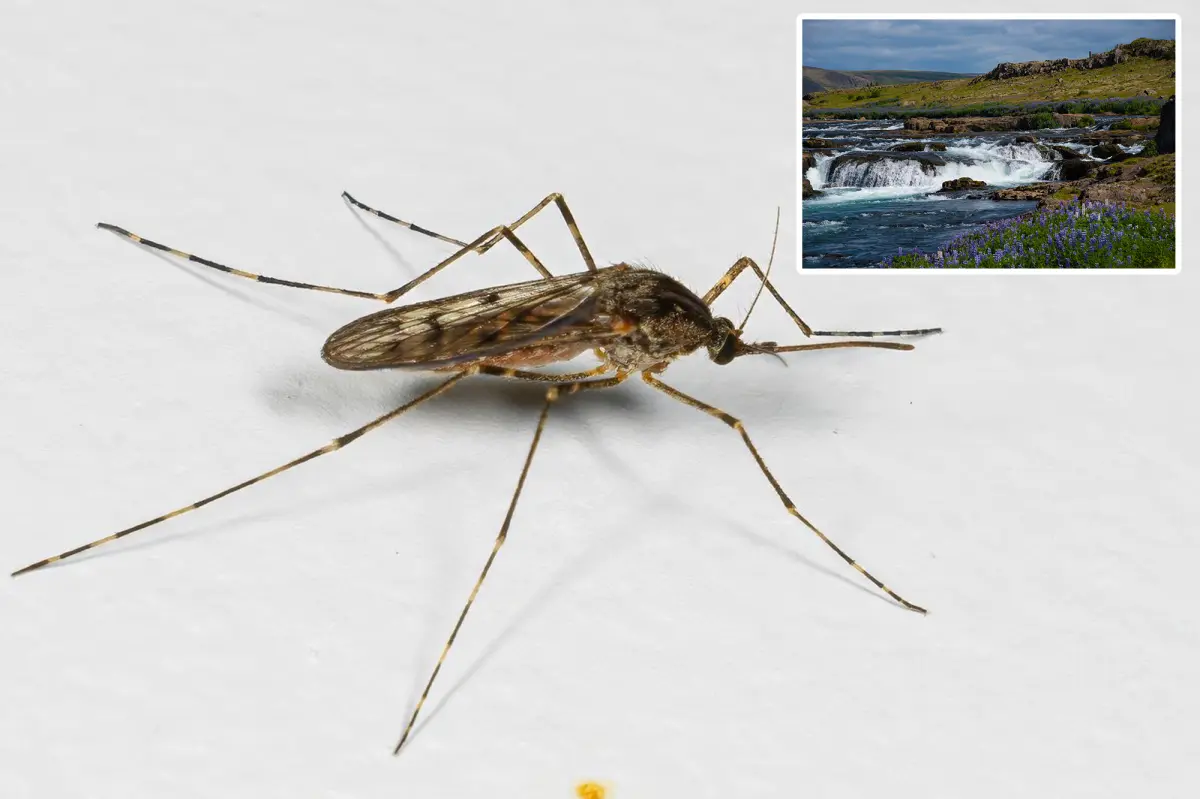Copyright TODAY

It's a perfect time to sit back, relax and watch a light show in the sky. The Orionids meteor shower will leave colorful streaks of light across the sky when it peaks on Oct. 21 into Oct. 22. Here's what to know about a celestial event NASA calls "one of the most beautiful showers of the year." The celestial event peaks in mid-October every year. What Is the Orionids Meteor Shower? The meteor shower happens because Earth is passing through an area of space littered with ice and rocky dust from Halley's comet as it returns to the asteroid belt and inner solar system of Mercury, Venus, Earth and Mars, according to NASA. Halley’s comet enters into Earth’s vicinity every 76 years and was last seen from Earth in 1986. The incandescent "trains" of glowing debris from the meteors that last from seconds to minutes occur because the meteors are bright and travel at about 41 miles per second. The name Orionids comes from the fact that the point in the sky where the meteor show appears to come is the constellation Orion, per NASA. The Orionids meteor shower will be active until Nov. 7 after peaking on Oct. 21-22, according to the American Meteor Society. Where Is the Orionids Meteor Shower Visible? The Orionids meteor shower will be visible in the Northern and Southern Hemispheres. Up to 20 meteors per hour may be seen in rural areas away from city light, according to the American Meteor Society. "The moon is new, so there's going to be no interference in the sky from the moon," Mike Shanahan, planetarium director at the Liberty Science Center in New Jersey, tells TODAY.com. "The challenge is finding a dark enough location away from the city lights to watch the shower." When Is the Best Time to See the Orionids Meteor Shower? The best time to see them is from midnight until dawn, Shanahan tells TODAY.com. How to Watch the Orionids Meteor Shower Shanahan, the American Meteor Society and NASA have some tips for the best viewing experience for U.S. stargazers.



